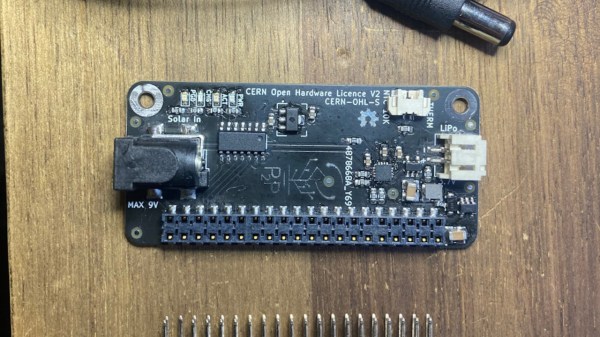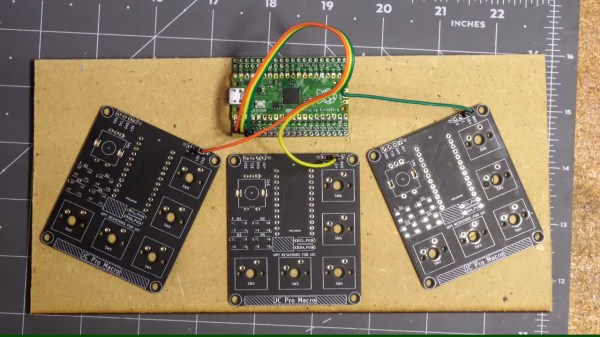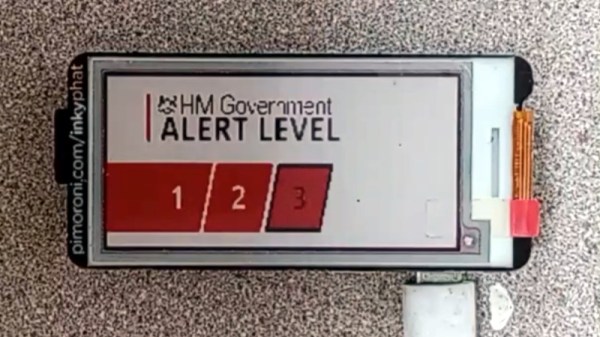At Hackaday, the projects we cover are generally a one-off sort of thing. Somebody makes something, they post it online, we share it with our audience — rinse and repeat. If a project really captures people’s imaginations, it might even inspire a copy or two, which is gratifying for everyone involved. But on the rarest of occasions, we run across a project like [Jay Doscher]’s Recovery Kit.
To say that the Recovery Kit was an inspiration to others would be putting it mildly. Revolutionary would be more like it, as it resulted in more “Pi-in-a-Pelican” builds than we could possibly count. So it’s only natural that [Jay] would return to the well and produce a second version of his heavy-duty cyberdeck.
Continue reading “The Next Evolution Of The Raspberry Pi Recovery Kit”

















